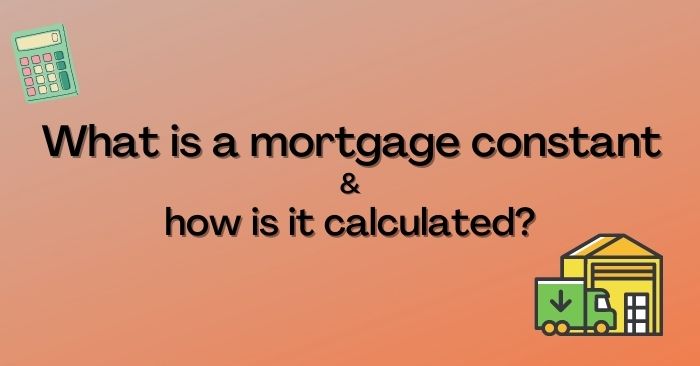
If you intend to apply for a commercial real estate loan, a great term to know is mortgage constant. A mortgage constant is the percentage you pay annually in comparison to the total loan amount.
How to calculate the mortgage constant?
To calculate this amount, you'd add the monthly payments for a single year and divide the remaining by the total amount of the mortgage loan. For example, you may have a $500,000 mortgage and pay $2,000 a month at a 4 percent interest rate.
- $2,000 x 12 = $24,000
- Mortgage constant: 4.8 percent = ($24,000 / $500,000)
Mortgage constant versus capitalization rate
The cap rate (capitalization rate) is used to determine the ratio of the net operating income (NOI) in comparison to the original purchase price, which can demonstrate the rate of return.
If the constant rate is higher than the cap rate, this indicates there may be a negative return on investment, but if the cap rate is higher, there will be a positive return on investment.
Benefits & risks of using the mortgage constant
The benefit of using the mortgage constant is it provides a quick way to assess the value of a property you plan to invest in and how profitable it can be.
On the downside, using a mortgage constant only provides a fixed viewpoint of the investment without taking into consideration when interest payments are made. For this reason, it’s best to use the mortgage constant as one of many ways to examine the potential of an investment.
If you’re interested in finding out a mortgage constant for a property, there are free tools found online which can help you make the calculations on your investment journey.
About the Author

Susan McBride
Life is all about change, and real estate is no exception. Whether you're a first-time home-buyer, ready to find your dream home, downsizing or rightsizing, or working through any other real estate scenario, I would be honored to be at your service!
